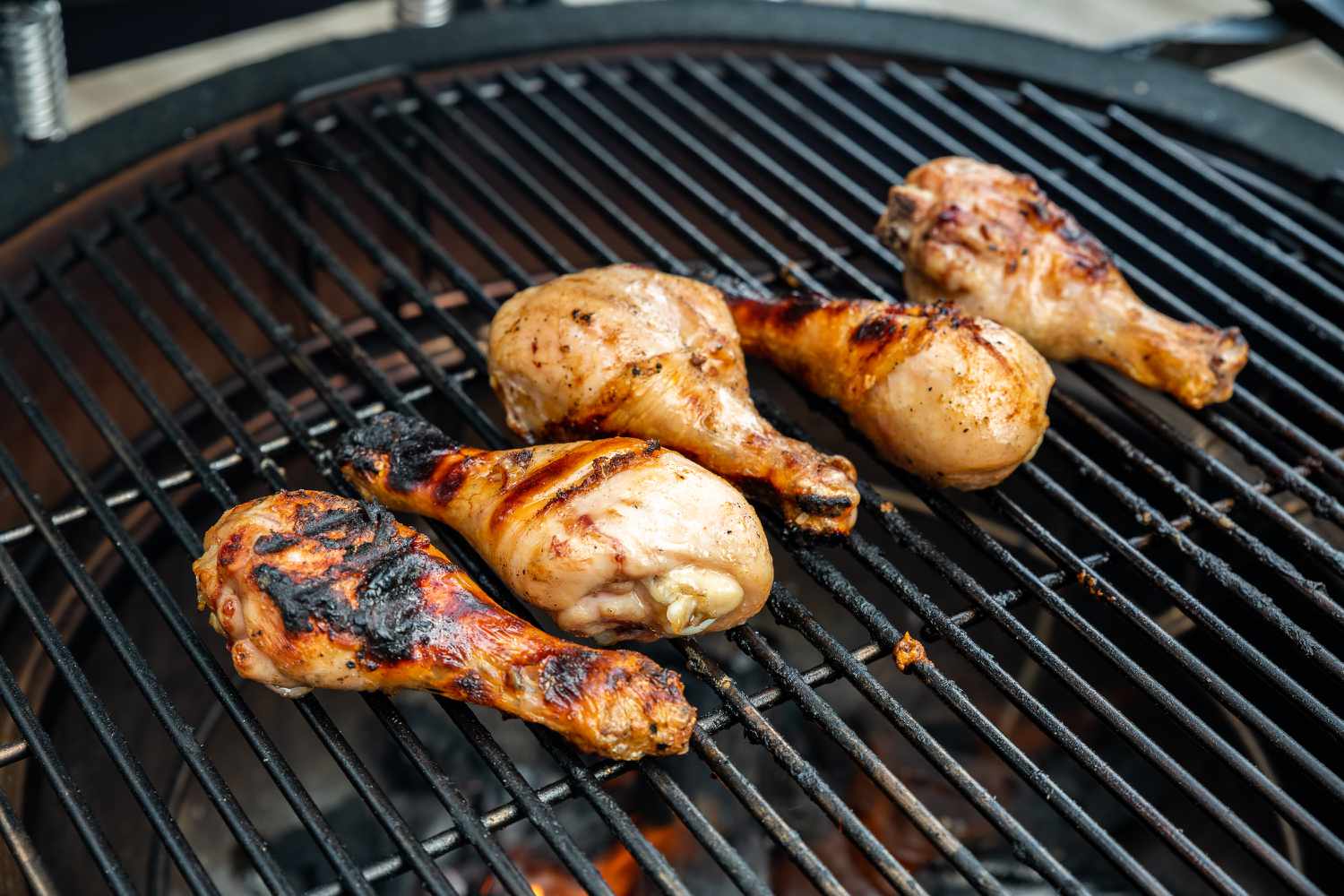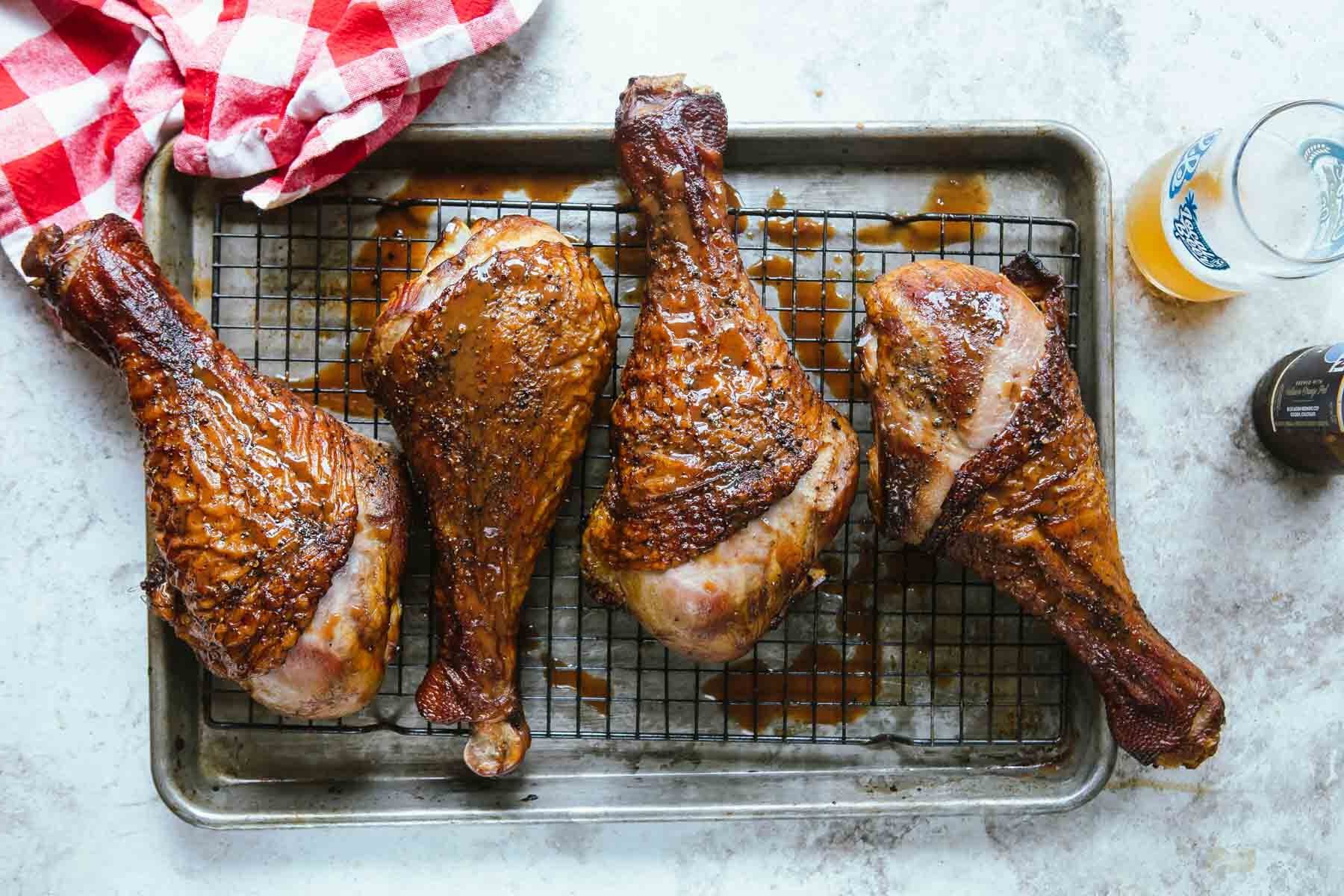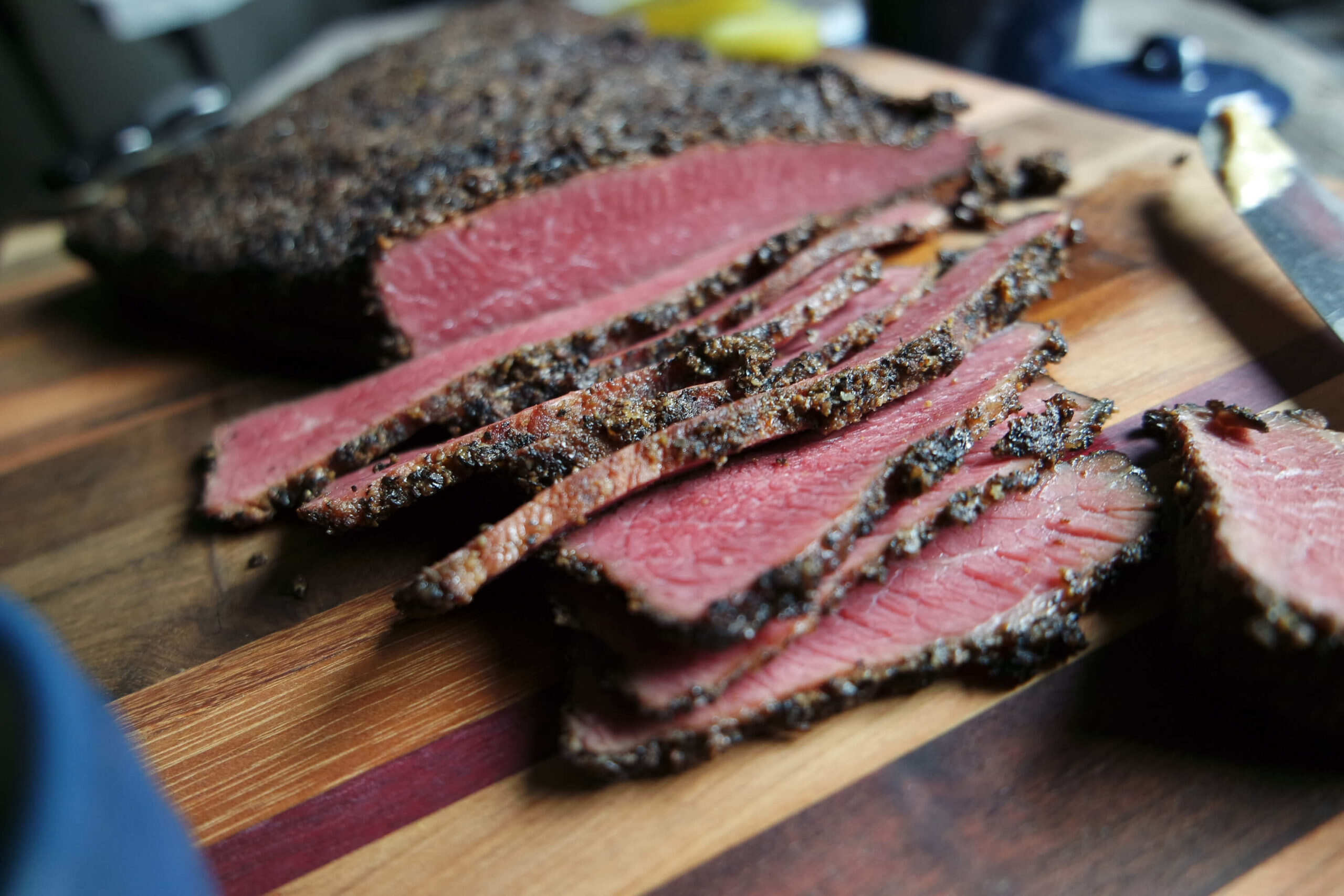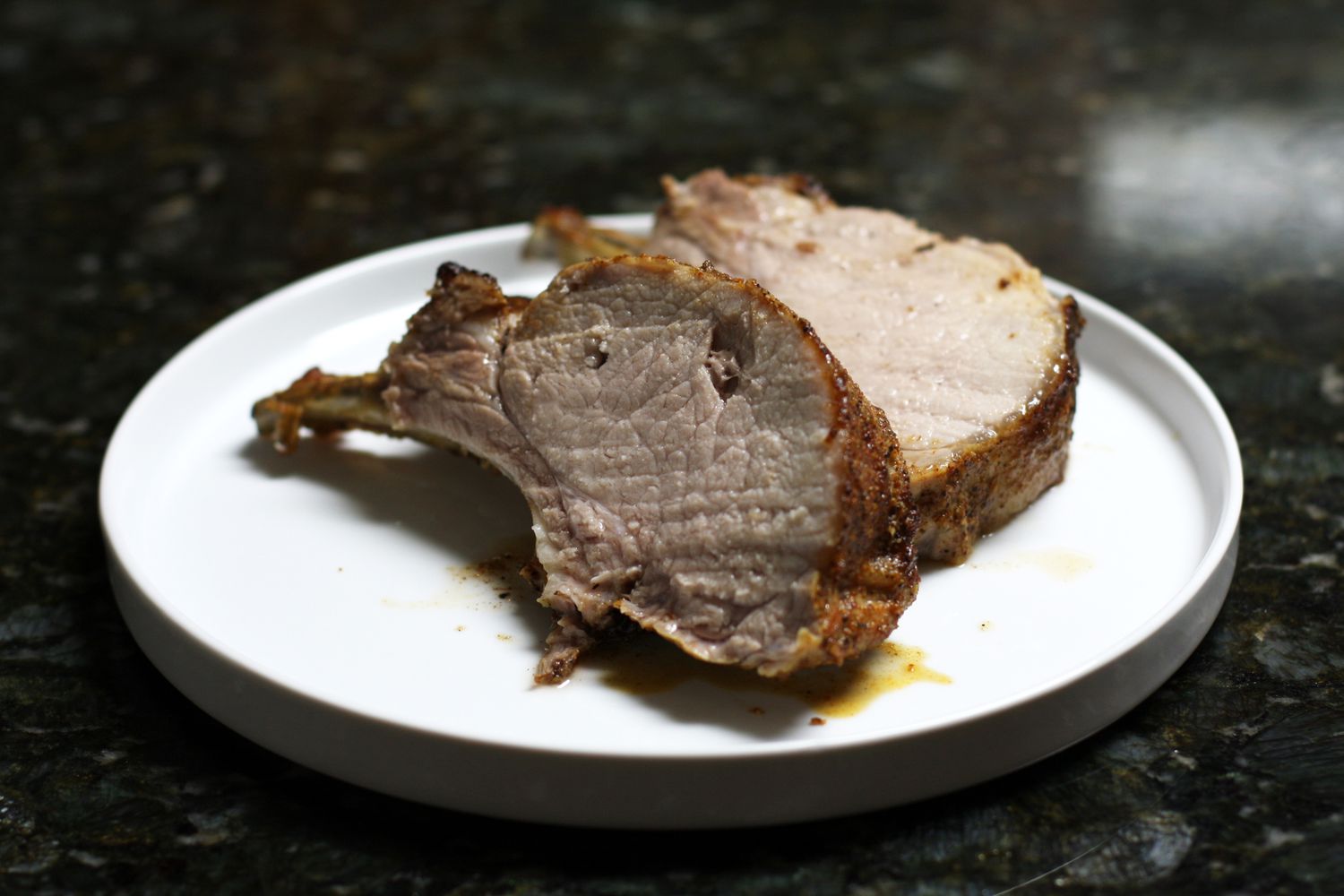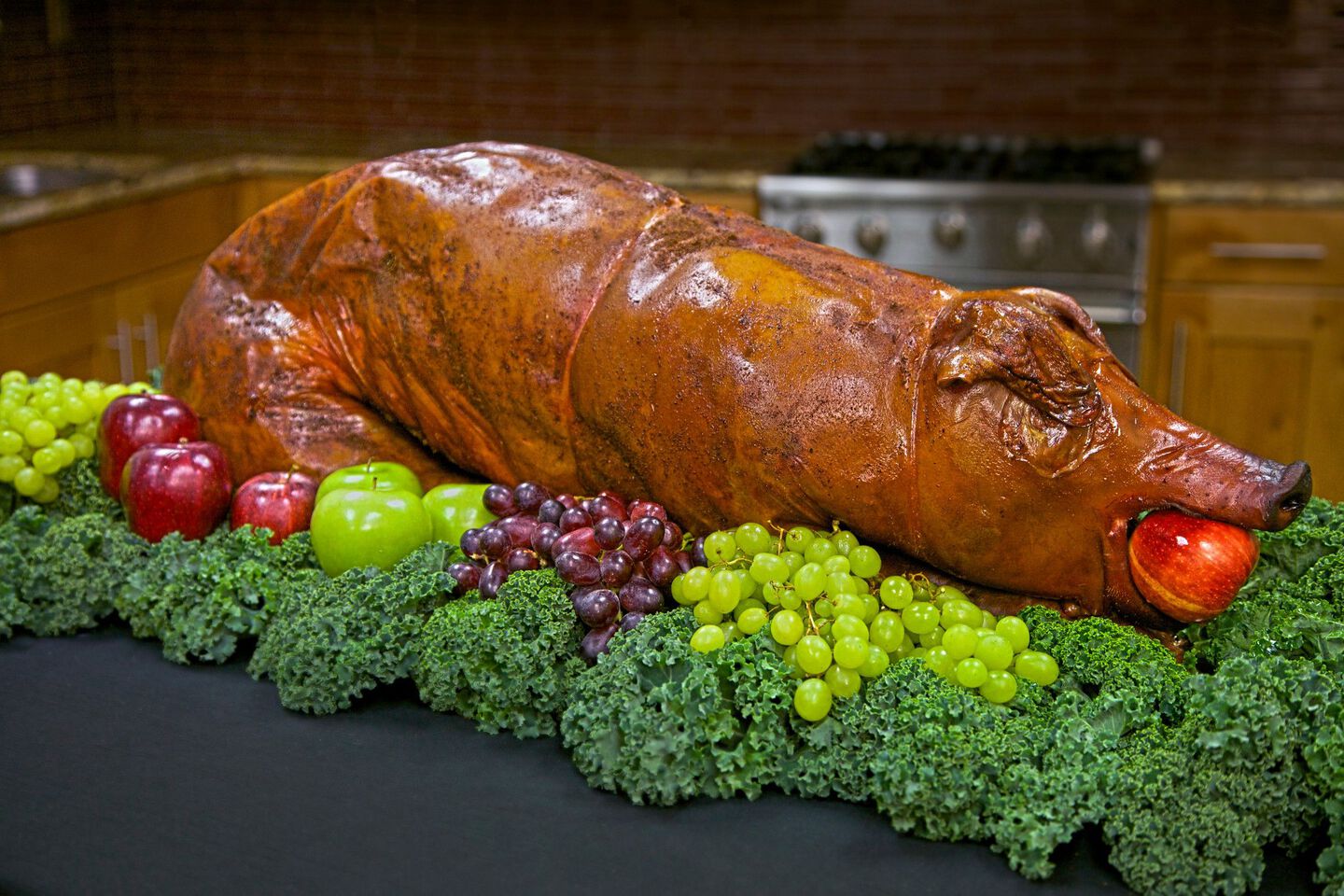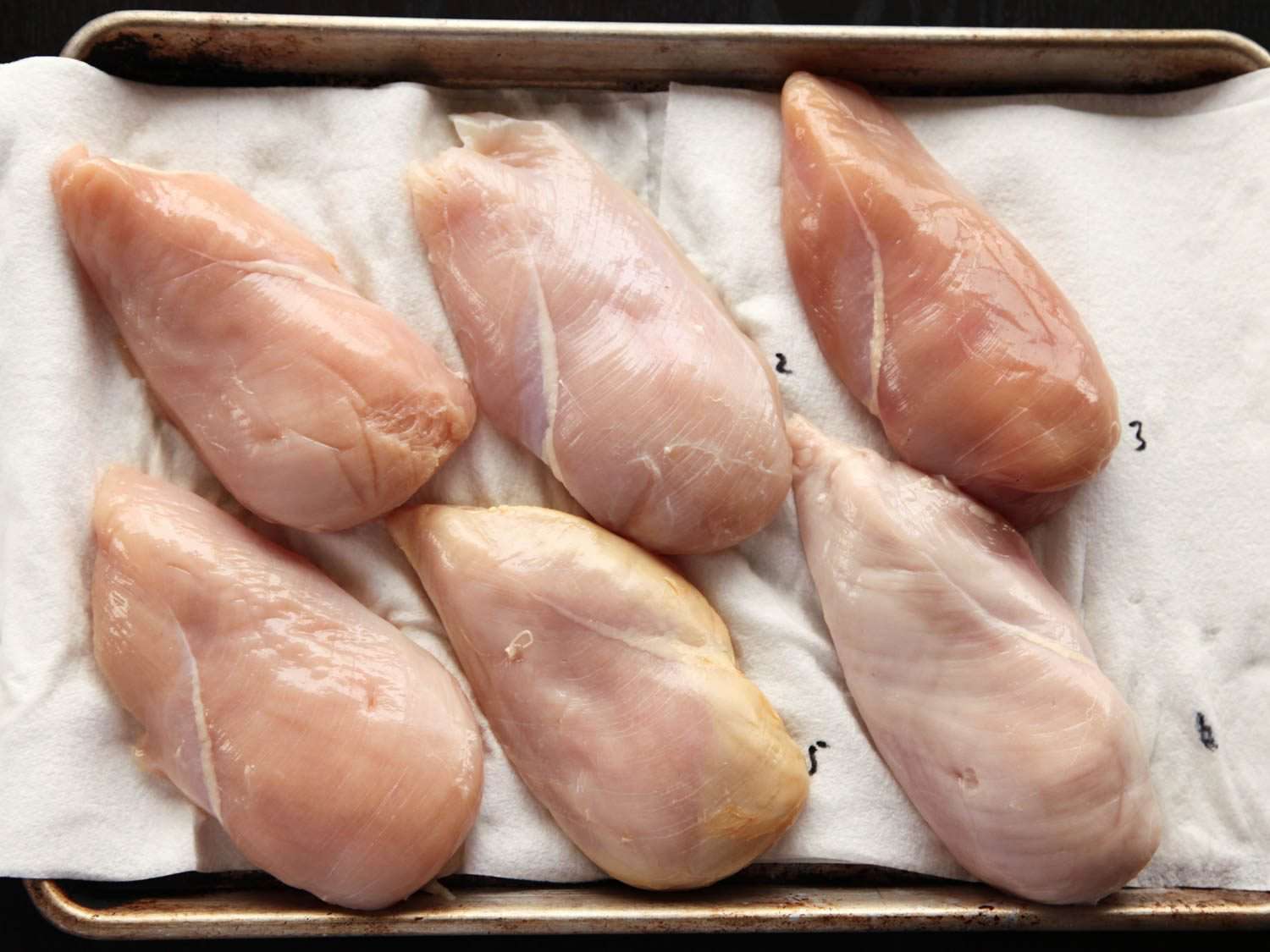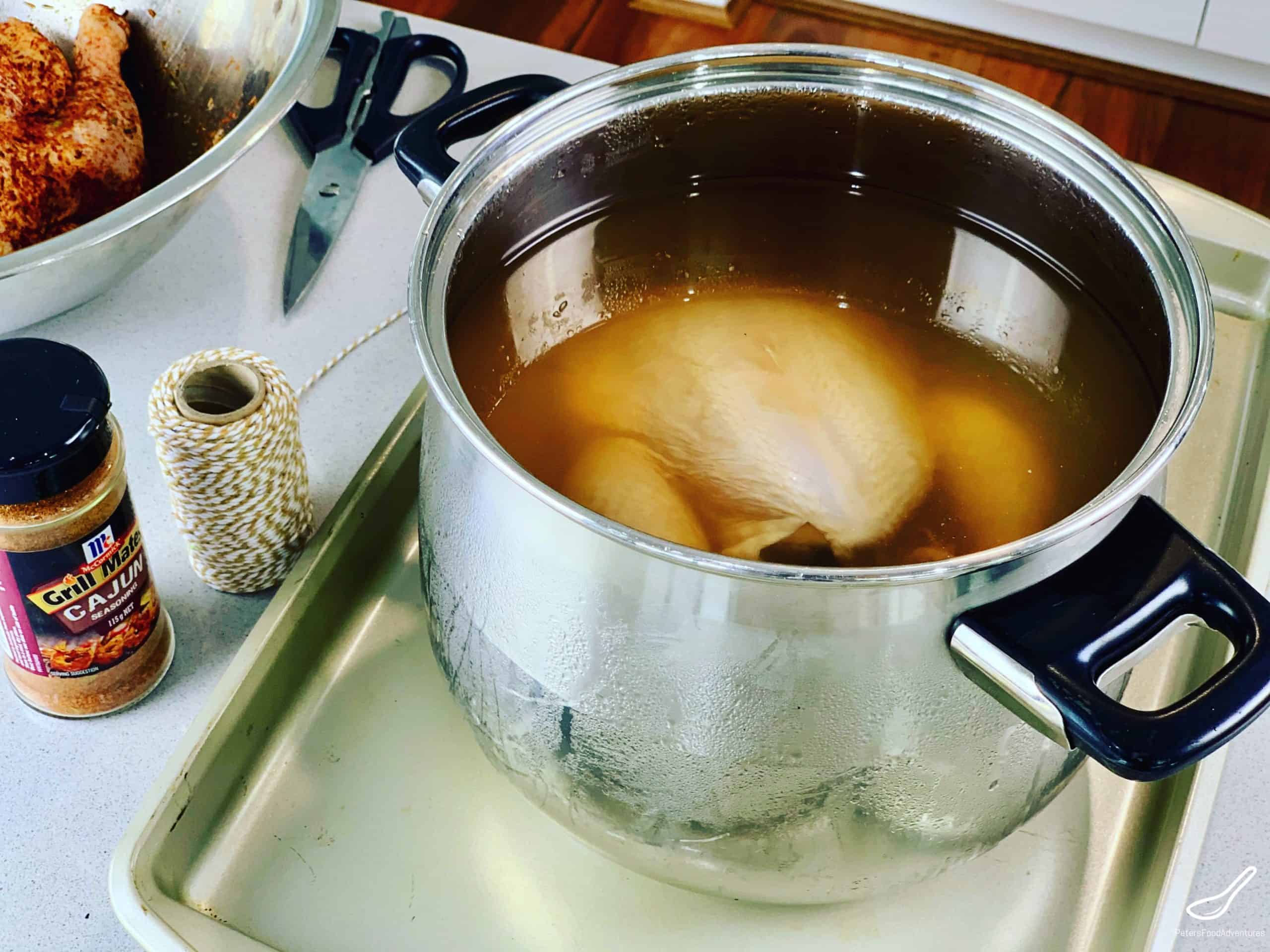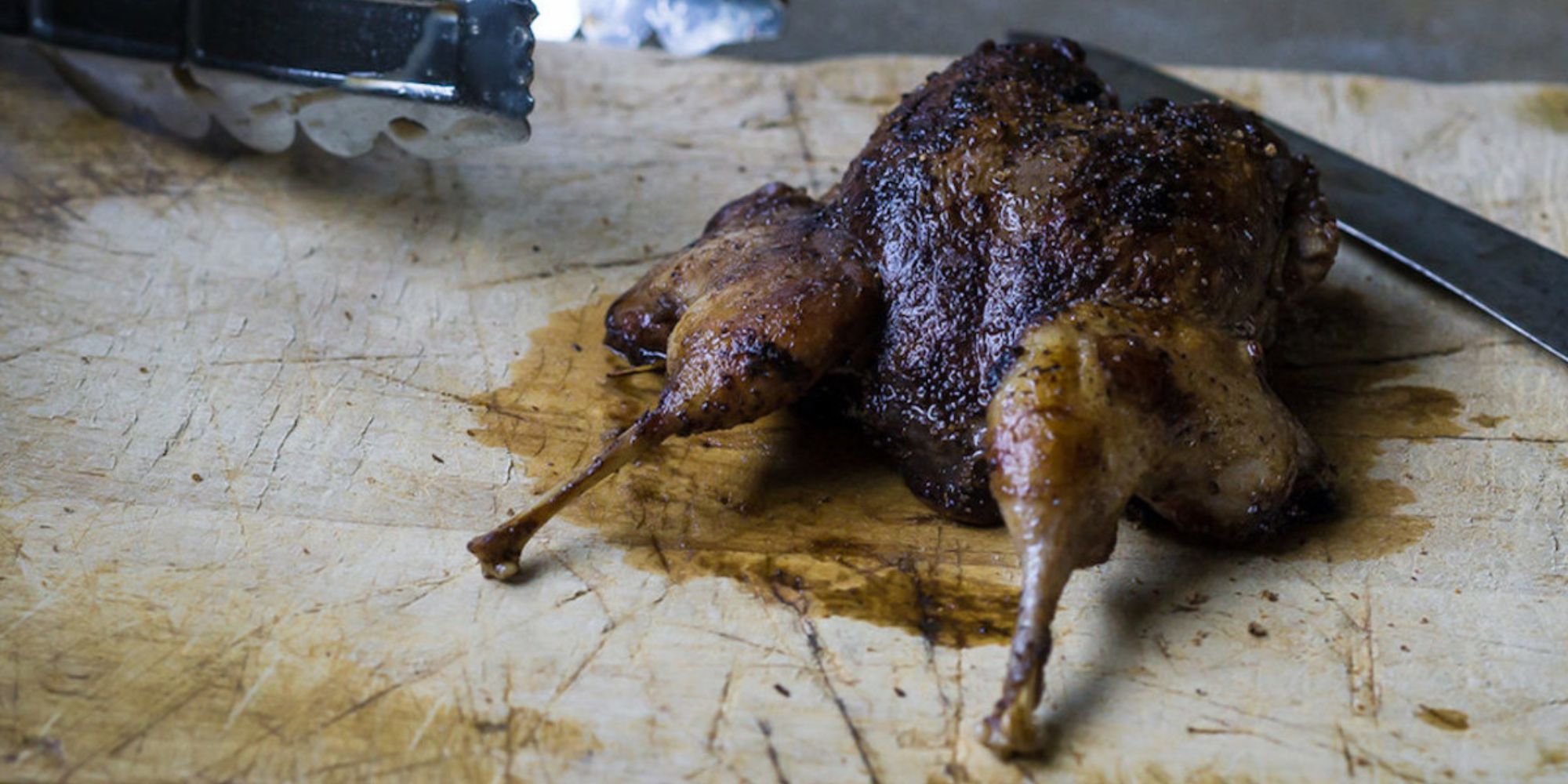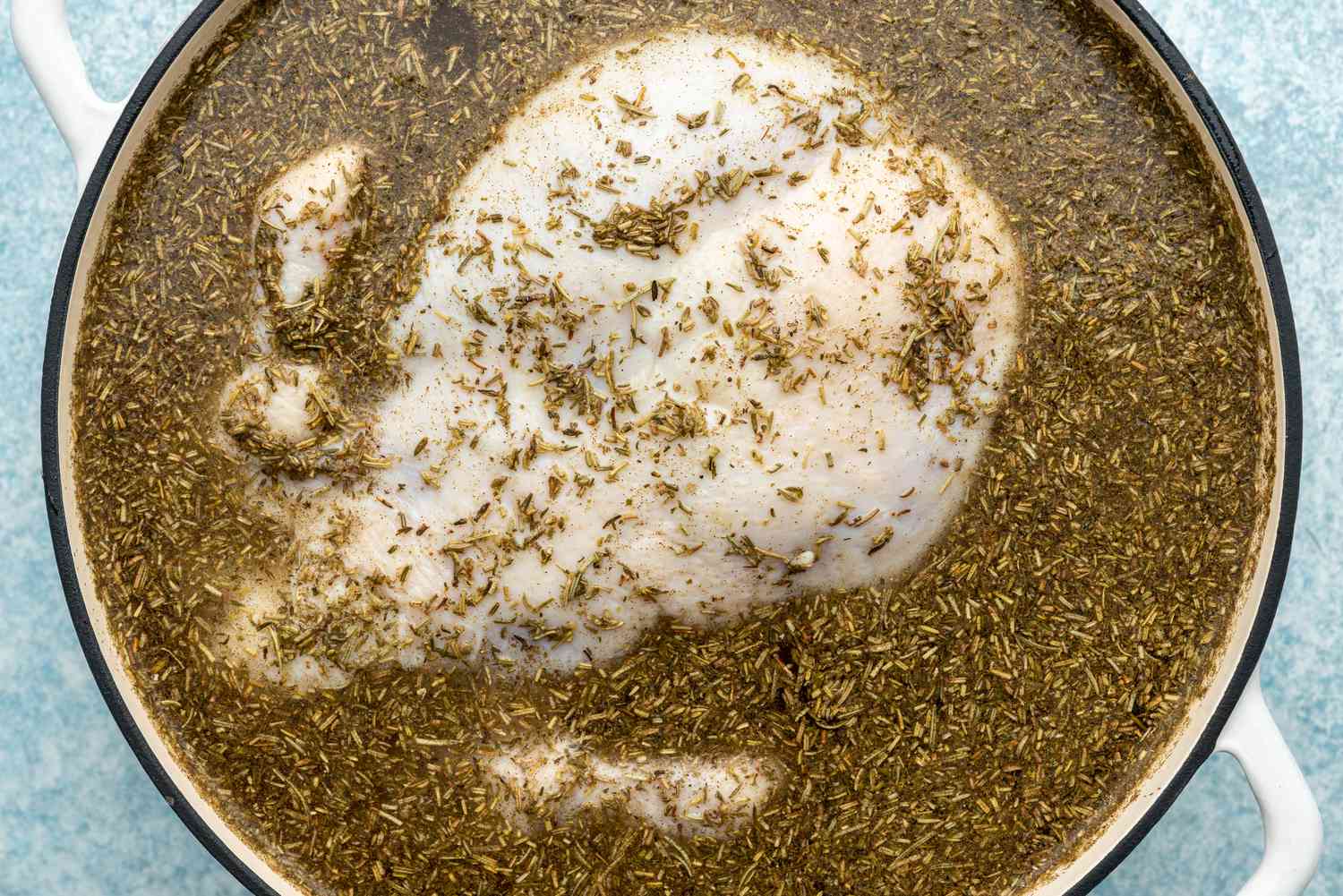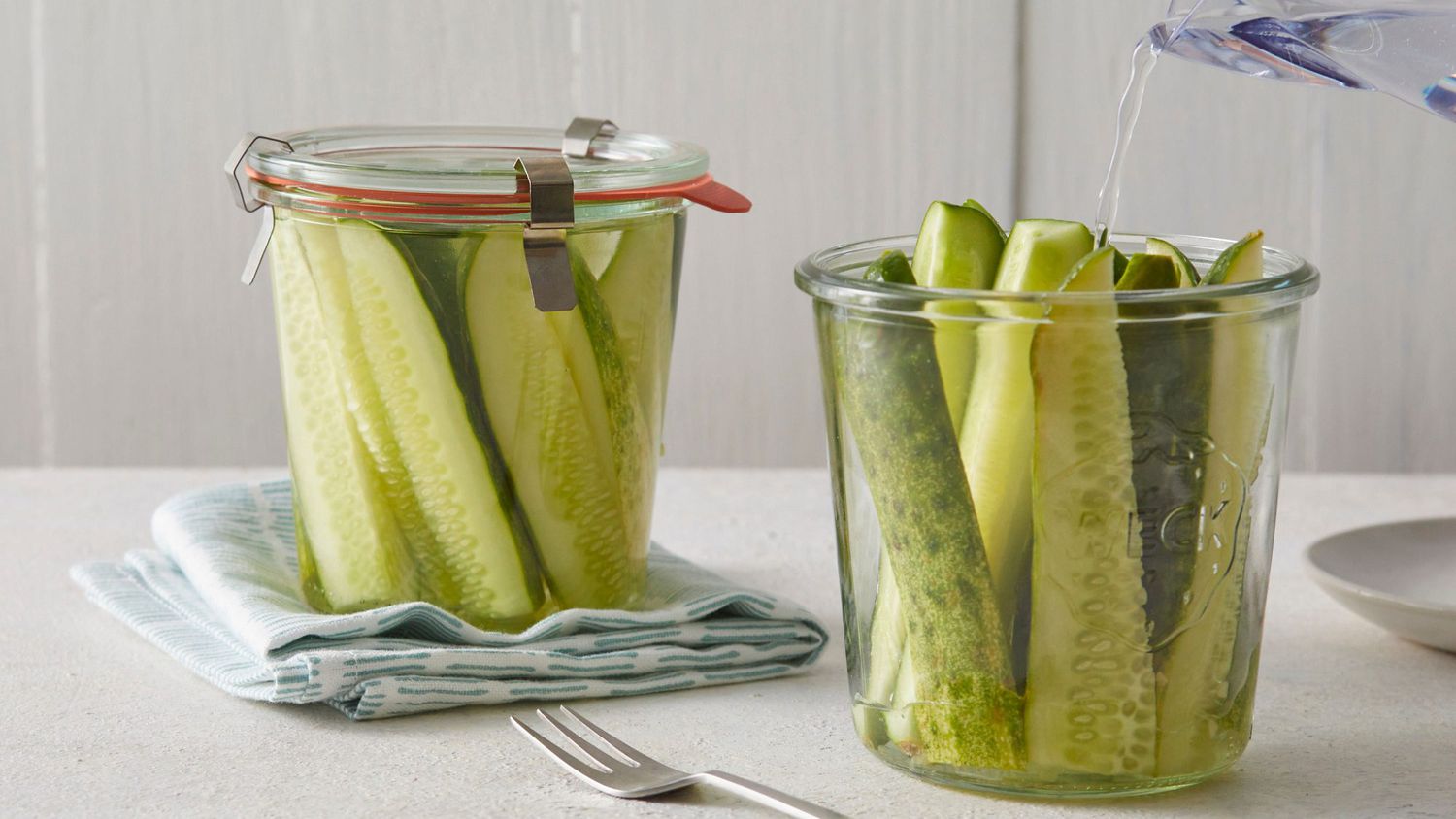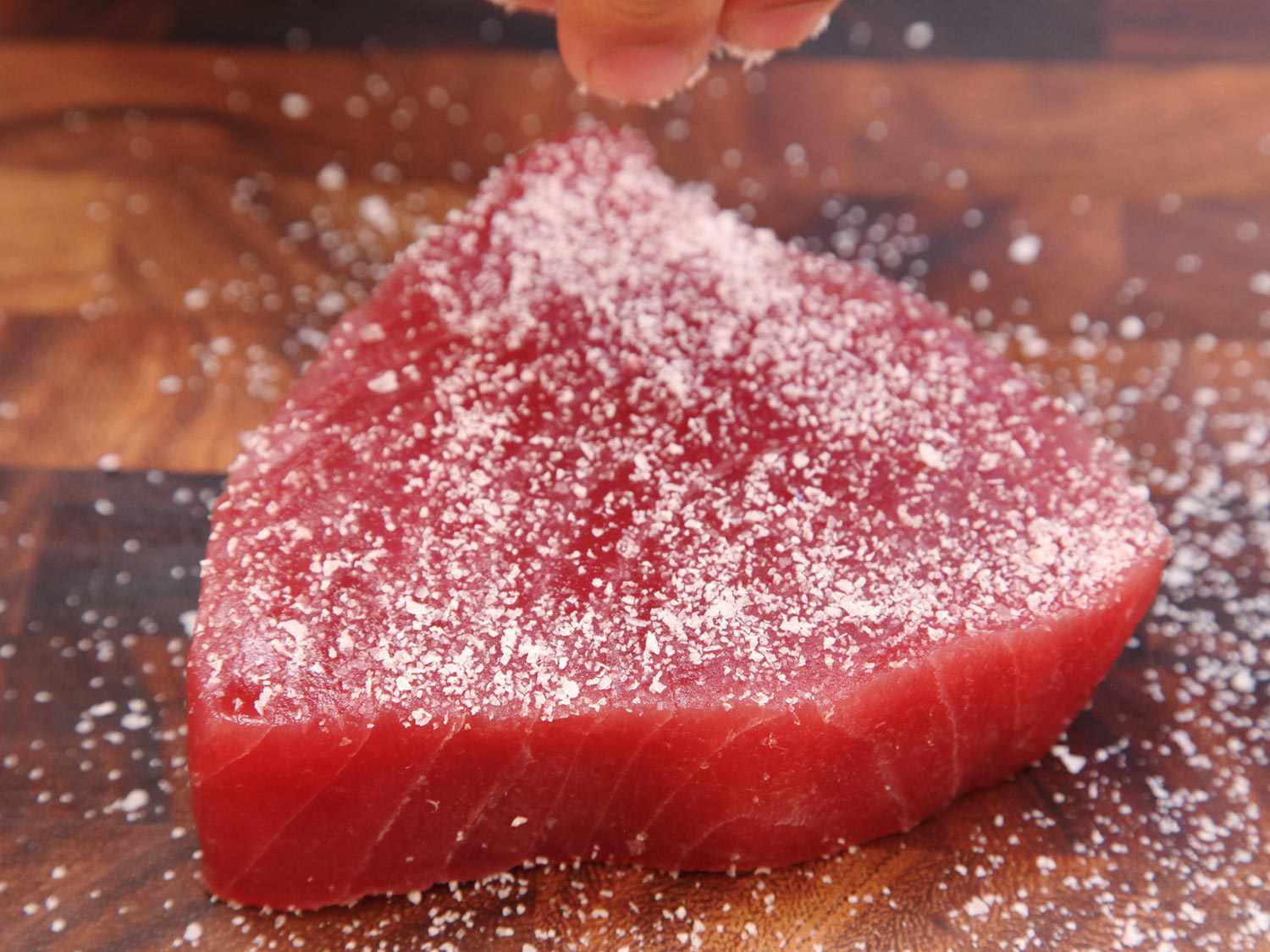Brining Skinless Boneless Chicken Breast Before Frying
Brining is a simple yet effective technique to ensure that your skinless boneless chicken breast stays moist and flavorful when fried. This process involves soaking the chicken in a saltwater solution, which helps the meat retain moisture and enhances its natural flavors. If you want to take your fried chicken to the next level, brining is the way to go.
Why Brine Chicken Breast?
Brining is particularly beneficial for skinless boneless chicken breasts, which tend to dry out quickly during the frying process. The salt in the brine solution alters the protein structure of the meat, allowing it to retain more moisture as it cooks. This results in juicier and more tender chicken, making for a much more enjoyable dining experience.
How to Brine Skinless Boneless Chicken Breast
Brining chicken breast is a straightforward process that requires just a few simple steps:
- Prepare the brine solution by dissolving salt in water. A basic brine ratio is 1 tablespoon of salt per 1 cup of water, but you can adjust the amount based on the quantity of chicken you’re brining.
- Place the chicken breasts in a container or resealable plastic bag.
- Pour the brine over the chicken to ensure it is completely submerged.
- Refrigerate the chicken and let it brine for at least 30 minutes, but no more than 2 hours. Brining for too long can result in overly salty chicken.
- Once the brining time is up, remove the chicken from the brine and rinse it thoroughly under cold water to remove any excess salt.
Additional Flavor Enhancements
While a basic saltwater brine is effective on its own, you can further enhance the flavor of your chicken by adding additional ingredients to the brine solution. Consider incorporating herbs, spices, garlic, or citrus zest to infuse the chicken with extra layers of flavor. Get creative and tailor the brine to suit your personal taste preferences.
Frying the Brined Chicken Breast
After brining, it’s time to fry the chicken breast to golden perfection. Here are some tips for achieving crispy, flavorful results:
- Pat the brined chicken dry with paper towels before dredging it in your preferred breading or coating.
- Heat oil in a skillet or deep fryer to the appropriate temperature for frying chicken (usually around 350-375°F or 175-190°C).
- Carefully place the chicken in the hot oil and fry until it reaches an internal temperature of 165°F (74°C) and the exterior is golden brown and crispy.
- Once fried, transfer the chicken to a wire rack to allow any excess oil to drain off.
Enjoying the Fruits of Your Labor
Once your skinless boneless chicken breast is brined and fried to perfection, it’s time to savor the delicious results. Whether you enjoy it on its own, in a sandwich, or as part of a larger meal, you can take pride in knowing that your brining efforts have elevated the flavor and texture of the chicken.
Brining skinless boneless chicken breast before frying may require a bit of extra time and effort, but the payoff in terms of flavor and tenderness is well worth it. Elevate your fried chicken game with this simple yet powerful technique, and enjoy the juiciest, most flavorful results every time.
Was this page helpful?
Read Next: How To Brine Feta
Bengalic Online Hypermarket
Bengalic Supermart Ltd. is a Online Hypermarket Located In Dhaka, Bangladesh. Our Company Focused On E-Commerce, Retail And Corporate Services Which Is Founded In 2019. We Are Believers In Using Technology And Education To Improve Bangladesh, And We Will Continue To Invest All Our Effort To Make Our Life Easier.

